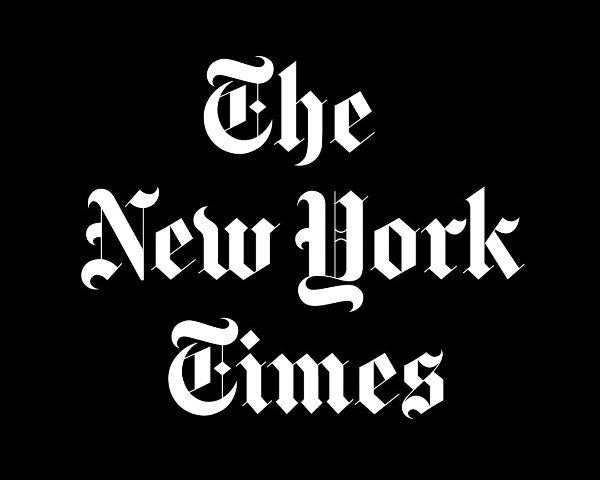Globe and Times Shrink Arts Coverage
Direct Impact on the Berkshires
By: William Marx. - Sep 11, 2016
On the heels of the Boston Globe‘s announcement that the paper was cutting back on the contributions of its freelance arts critics, comes a Deadline Hollywood report yesterday (by Jeremy Gerard, who in September was ousted as the online magazine’s theater critic) that the New York Times this week quietly ended its coverage of restaurants, art galleries, theaters and other commercial and nonprofit businesses in the tri-state region, laying off dozens of longtime contributors and prompting protests from many of the institutions that will be affected. They foresee an impact not only on patronage but, in the case of the nonprofits, on their ability to raise funds to survive.
The truth is, the loss of criticism isn’t just about the diminishment of professional dialogue about the arts and their value in society. As if that wasn’t bad enough. It also means severe economic challenges for arts and culture down the food chain. Of course, the wealthier arts institutions have the high-level connections and clout to get their usual coverage from major papers. The full-time critics at the New York Times (and elsewhere) have no such protection; the axe starts low and then moves higher. Later in the article, Gerard writes
The move also has heightened anxieties on the Times culture desk that reassignments or cuts in the department’s full-time staff are imminent. Insiders have told Deadline that critics and reporters have been compelled to take crash courses in producing for the Times website, in the hopes that the culture report — in which the paper has a historically proprietary interest — increases online viewership. Efforts to make the culture report more reader friendly can be seen in the recent proliferation of stories in which top critics interview artists they or their colleagues cover. (Such features are a mainstay of most publications, but the Times has until now maintained a fairly impermeable wall between critics and the people they cover.)
This is the same ‘crash course’ strategy that the Boston Globe appears to be pursuing — having more ‘reader friendly’ interview and feature stories from its critics. Not only does this soft focus approach put the act of critical judgment on the back burner, but it raises serious questions about editorial independence. And when the Boston Globe and New York Times remove their arts critics, it encourages others in our follow-the-leader-anywhere mainstream media to get rid of their reviewers. More evidence that ‘reader friendly’ doesn’t mean ‘arts friendly.’
Link to Arts Fuse article by Bill Marx.

